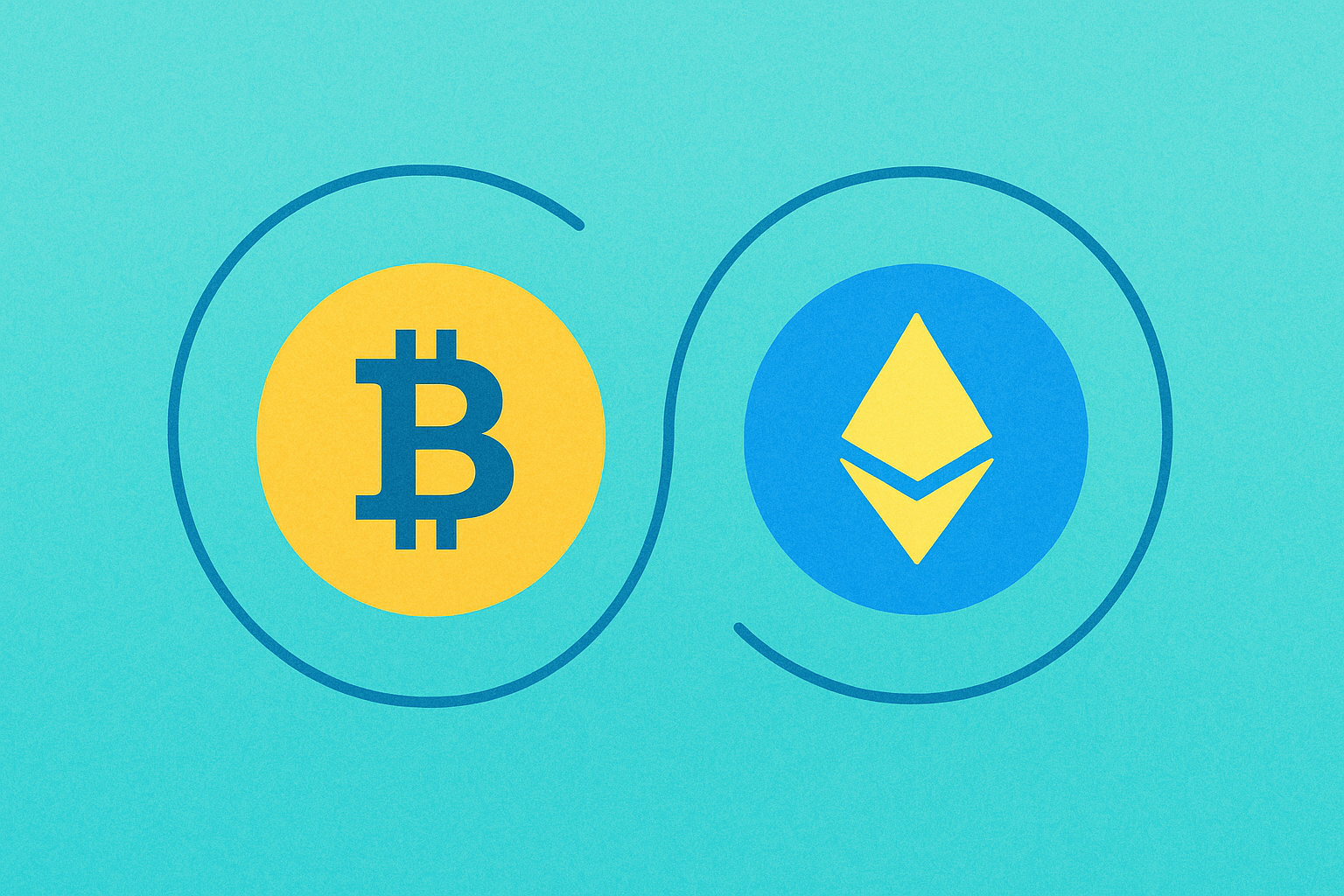FIL vs NEAR: Merkeziyetsiz Depolama ve Akıllı Sözleşmeler İçin İki Önde Gelen Blockchain Protokolünün Karşılaştırılması

Giriş: FIL ve NEAR Yatırımının Karşılaştırılması
Kripto para piyasasında Filecoin (FIL) ile NEAR Protocol (NEAR) karşılaştırması, yatırımcılar açısından kaçınılmaz bir gündemdir. İki varlık; piyasa değeri sıralaması, uygulama alanları ve fiyat performansı bakımından ciddi ayrışmalar gösterdiği gibi, kripto varlık ekosisteminde de farklı bir konumda yer alır.
Filecoin (FIL): 2020’de piyasaya sürülmesinden bu yana merkeziyetsiz depolama ağı yetenekleriyle piyasanın dikkatini çekmiştir.
NEAR Protocol (NEAR): 2020’de tanıtılan NEAR, mobilde DApp çalıştırmayı destekleyen yüksek ölçeklenebilirliğe sahip katman protokolü olarak öne çıkar.
Bu makale, FIL ve NEAR’ın yatırım değerini; geçmiş fiyat hareketleri, arz mekanizmaları, kurumsal benimseme, teknolojik ekosistemler ve geleceğe yönelik öngörüler çerçevesinde kapsamlı biçimde analiz ederek yatırımcıların en çok sorduğu şu soruya yanıt aramaktadır:
"Şu anda hangisi daha iyi bir yatırım?" İşte talebiniz doğrultusunda analiz:
I. Fiyat Geçmişi Karşılaştırması ve Güncel Piyasa Durumu
FIL (Coin A) ve NEAR (Coin B) Fiyat Geçmişi
- 2021: FIL, merkeziyetsiz depolama çözümlerine artan ilgiyle 236,84 $ ile tüm zamanların en yüksek seviyesine ulaştı.
- 2022: NEAR, blockchain platformunun yaygınlaşmasıyla Ocak’ta 20,44 $’a çıkarak zirve yaptı.
- Kıyaslama: 2022-2023 ayı piyasasında FIL, 236,84 $’dan 0,848008 $’a indi; NEAR ise 20,44 $’dan 1,8023 $’a geriledi.
Güncel Piyasa Durumu (16 Ekim 2025)
- FIL güncel fiyat: 1,603 $
- NEAR güncel fiyat: 2,323 $
- 24 saatlik işlem hacmi: FIL 2.593.394,61 $ | NEAR 3.407.598,89 $
- Piyasa Duyarlılık Endeksi (Korku & Açgözlülük Endeksi): 34 (Korku)
Canlı fiyat bilgisi için tıklayın:
- FIL güncel fiyatı: Piyasa Fiyatı
- NEAR güncel fiyatı: Piyasa Fiyatı
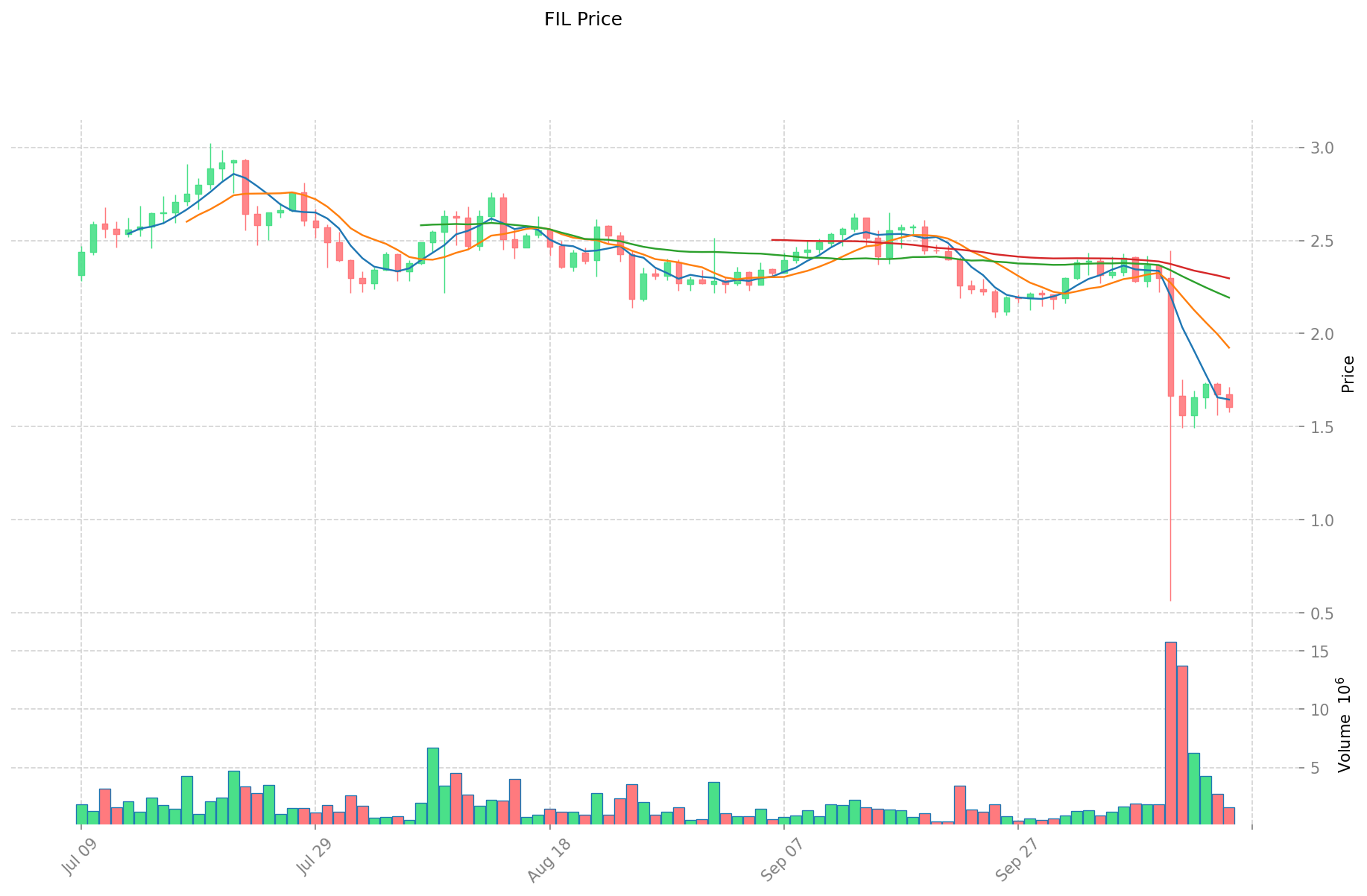
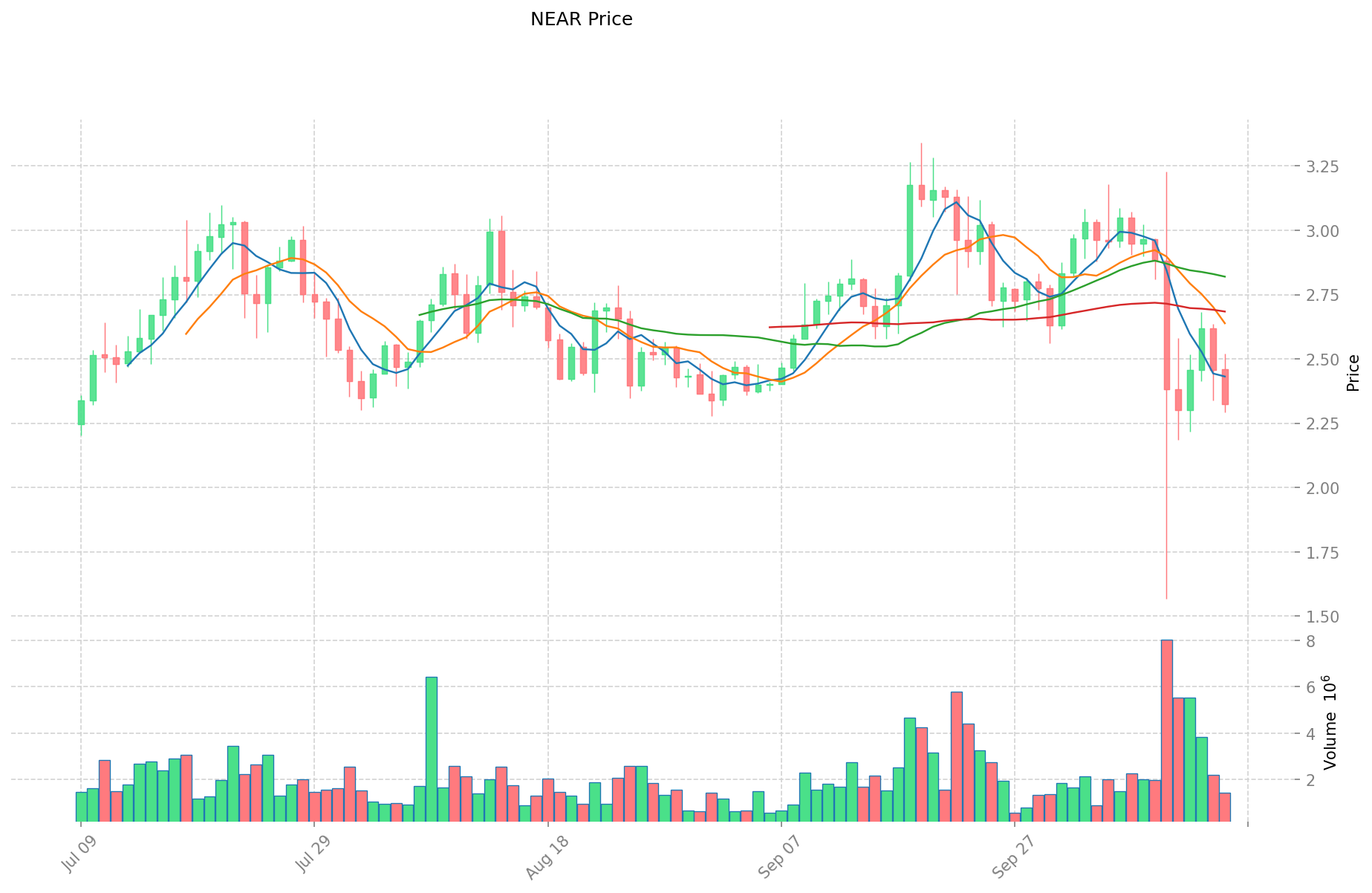
II. FIL’in Yatırım Değerine Etki Eden Temel Faktörler
Arz Mekanizması (Tokenomik)
- FIL: Protocol Labs toplam arzın %15’ine sahip; bunun %4,5’i PL ekibi ve katkı sağlayanlara ayrıldı
- 📌 Tarihsel Model: FIL tokenları teminat olarak kullanılır, uzun vadeli güvenilir veri depolama için ekonomik teşvik oluşturur ve Interplanetary Consensus (IPC) uygulandıktan sonra alt ağlar veya parçalarda da blockchain güvenliğini sağlar
Kurumsal Benimseme & Piyasa Uygulamaları
- Kurumsal Pozisyonlar: Artan kurumsal katılım, FIL’in piyasa değerini destekleyen temel unsurdur
- Kurumsal Kullanım: Web3.0 ve yapay zeka veri depolama ihtiyacının büyümesiyle birlikte gerçek dünyada kullanım alanları genişliyor
- Regülasyon: Farklı ülkelerdeki düzenleyici ortamlar, FIL’in benimsenmesini doğrudan etkiler
Teknik Gelişim & Ekosistem Kurulumu
- FIL Teknik İyileştirmeleri: Consensus Lab tarafından geliştirilen Interplanetary Consensus (IPC), ağ kapasitesini artırıyor
- Ekosistem Kıyaslaması: Genişleyen merkeziyetsiz depolama ağı, bulut depolamayı algoritmik bir pazara dönüştürüyor
- Entegrasyon Derinliği: FIL’in teknik ve ekosistem entegrasyonu, ana yatırımcılar için yeni stratejik fırsatlar yaratıyor
Makroekonomik & Piyasa Döngüleri
- Enflasyon Döneminde Performans: Güncel fiyat, temel göstergeler, sektör beklentisi ve teknik yenilikler, FIL’in değerinin yeniden değerlendirilmesine zemin hazırlıyor
- Para Politikası Etkisi: Yüksek faiz ortamı piyasa likiditesini sınırlandırırken, yatırımcılar spekülatif kripto varlıklar yerine nakit ya da risksiz enstrümanları tercih ediyor
- Piyasa Dalgalanması: Kısa vadeli oynaklığa rağmen FIL’in merkeziyetsiz depolama talebiyle uzun vadeli değeri öne çıkıyor
III. 2025-2030 Fiyat Tahmini: FIL vs NEAR
Kısa Vadeli Tahmin (2025)
- FIL: Muhafazakâr 1,09 $ - 1,60 $ | İyimser 1,60 $ - 2,39 $
- NEAR: Muhafazakâr 2,23 $ - 2,33 $ | İyimser 2,33 $ - 3,10 $
Orta Vadeli Tahmin (2027)
- FIL, büyüme fazına geçebilir; fiyat aralığı 1,82 $ - 3,50 $
- NEAR, dalgalı bir faza girebilir; fiyat aralığı 1,92 $ - 4,42 $
- Temel etkenler: Kurumsal sermaye girişi, ETF’ler, ekosistem gelişimi
Uzun Vadeli Tahmin (2030)
- FIL: Temel senaryo 2,18 $ - 3,90 $ | İyimser senaryo 3,90 $ - 5,14 $
- NEAR: Temel senaryo 3,79 $ - 4,63 $ | İyimser senaryo 4,63 $ - 5,55 $
Feragatname
FIL:
| Yıl | Tahmini En Yüksek Fiyat | Tahmini Ortalama Fiyat | Tahmini En Düşük Fiyat | Değişim Oranı |
|---|---|---|---|---|
| 2025 | 2,38847 | 1,603 | 1,09004 | 0 |
| 2026 | 2,73415695 | 1,995735 | 1,49680125 | 24 |
| 2027 | 3,500120043 | 2,364945975 | 1,82100840075 | 47 |
| 2028 | 3,43106362053 | 2,932533009 | 1,64221848504 | 83 |
| 2029 | 4,61360755640925 | 3,181798314765 | 2,4181667192214 | 98 |
| 2030 | 5,144967874975005 | 3,897702935587125 | 2,18271364392879 | 143 |
NEAR:
| Yıl | Tahmini En Yüksek Fiyat | Tahmini Ortalama Fiyat | Tahmini En Düşük Fiyat | Değişim Oranı |
|---|---|---|---|---|
| 2025 | 3,09624 | 2,328 | 2,23488 | 0 |
| 2026 | 3,6884832 | 2,71212 | 2,6307564 | 16 |
| 2027 | 4,416416208 | 3,2003016 | 1,92018096 | 37 |
| 2028 | 4,72236504096 | 3,808358904 | 3,57985736976 | 63 |
| 2029 | 4,9904735078016 | 4,26536197248 | 3,2416750990848 | 83 |
| 2030 | 5,55350128816896 | 4,6279177401408 | 3,794892546915456 | 99 |
IV. Yatırım Stratejisi Karşılaştırması: FIL vs NEAR
Uzun Vadeli ve Kısa Vadeli Yatırım Stratejileri
- FIL: Merkeziyetsiz depolama çözümleri ve Web3 altyapısına odaklanan yatırımcılar için
- NEAR: Ölçeklenebilir blockchain platformları ve DApp geliştirmeye ilgi duyan yatırımcılar için
Risk Yönetimi ve Varlık Dağılımı
- Temkinli yatırımcılar: FIL %40 | NEAR %60
- Agresif yatırımcılar: FIL %60 | NEAR %40
- Koruma araçları: Stablecoin tahsisi, opsiyonlar, çapraz döviz portföyleri
V. Potansiyel Risk Karşılaştırması
Piyasa Riski
- FIL: Merkeziyetsiz depolama pazarındaki gelişmelerden kaynaklanan oynaklık
- NEAR: Diğer Katman 1 blockchain platformlarından gelen rekabet
Teknik Risk
- FIL: Ölçeklenebilirlik ve ağ kararlılığı
- NEAR: Doğrulayıcı yoğunluğu, güvenlik açıkları
Regülasyon Riski
- Küresel regülasyon politikalarının her iki varlık üzerinde farklı etkileri olabilir
VI. Sonuç: Hangisi Daha İyi Bir Yatırım?
📌 Yatırım Değeri Özeti:
- FIL avantajları: Eşsiz merkeziyetsiz depolama vizyonu, artan kurumsal adaptasyon
- NEAR avantajları: Yüksek ölçeklenebilirlik, geliştirici dostu kullanım
✅ Yatırım Tavsiyesi:
- Yeni yatırımcılar: Her iki varlığa dengeli şekilde yatırım yapmayı değerlendirmeli
- Tecrübeli yatırımcılar: Risk toleransınıza ve ilgili teknolojiye olan inancınıza göre pozisyon alın
- Kurumsal yatırımcılar: Merkeziyetsiz depolama ile ölçeklenebilir blockchain platformlarının uzun vadeli potansiyelini analiz etmeli
⚠️ Risk Uyarısı: Kripto para piyasası son derece oynaktır. Bu makale yatırım tavsiyesi değildir. None
VII. SSS
S1: FIL ve NEAR arasındaki temel farklar nelerdir? C: FIL merkeziyetsiz depolama çözümlerine odaklanırken, NEAR ölçeklenebilir blockchain platformu ve DApp geliştirme için tasarlanmıştır. FIL bulut depolamayı dönüştürmeyi hedeflerken, NEAR yüksek performanslı ve kullanıcı dostu blockchain uygulamalarını hedefler.
S2: Tarihsel olarak hangi kripto para daha iyi fiyat performansı gösterdi? C: FIL, 2021’de 236,84 $ ile daha yüksek bir zirveye ulaşırken, NEAR’ın 2022 zirvesi 20,44 $ oldu. Ancak, her ikisi de 2022-2023 ayı piyasasında ciddi değer kayıpları yaşadı.
S3: FIL ve NEAR’ın güncel piyasa fiyatları nedir? C: 16 Ekim 2025 itibarıyla FIL 1,603 $ seviyesinde, NEAR ise 2,323 $’dan işlem görüyor. NEAR’ın son 24 saatlik işlem hacmi 3.407.598,89 $ ile FIL’in 2.593.394,61 $’lık hacminden daha yüksektir.
S4: FIL’in yatırım değerine etki eden ana faktörler nelerdir? C: Arz mekanizması (tokenomik), kurumsal benimseme, teknik gelişmeler (Interplanetary Consensus gibi), ekosistem inşası ve makroekonomik koşullar ana faktörlerdir.
S5: FIL ve NEAR için uzun vadeli fiyat öngörüleri nasıl? C: 2030 için FIL’in temel senaryosu 2,18 $ - 3,90 $, iyimser senaryosu 3,90 $ - 5,14 $; NEAR’ın temel senaryosu 3,79 $ - 4,63 $, iyimser senaryosu ise 4,63 $ - 5,55 $ aralığındadır.
S6: FIL ve NEAR yatırımlarında başlıca riskler nelerdir? C: Her iki varlık da kripto paralara özgü yüksek oynaklık riski taşır. FIL, ölçeklenebilirlik ve ağ istikrarı gibi teknik risklere sahipken; NEAR, doğrulayıcı yoğunluğu ve güvenlik açıkları nedeniyle risk altındadır. İkisi de değişen regülasyon risklerine tabidir.
S7: Yatırımcılar FIL ve NEAR arasında nasıl dağılım yapmalı? C: Temkinli yatırımcılar FIL’e %40, NEAR’a %60 ayırabilir; agresif yatırımcılar bu oranı tersine çevirebilir. Yeni yatırımcılar dengeli bir yaklaşım benimsemeli, tecrübeli yatırımcılar ise risk toleranslarına ve ilgili teknolojilere inançlarına göre dağılım yapmalıdır.

Pocket Network (POKT) İyi Bir Yatırım mı?: Bu merkeziyetsiz altyapı protokolünün uzun vadeli potansiyeli nasıl analiz edilir?

PEAQ (PEAQ) Yatırım İçin Mantıklı mı?: Bu Gelişen Blockchain Tokeninin Olası Getirileri ve Riskleri Üzerine Analiz

Streamr (DATA) iyi bir yatırım mı?: Web3 ekosisteminde yer alan bu veri pazarı tokeninin potansiyelini ve risklerini değerlendiriyoruz

2025 KYVE Fiyat Tahmini: Web3 Veri Çözümleri Popülerlik Kazanırken Piyasa Yükseliş Eğiliminde

Deeper Network (DPR) yatırım açısından uygun mu?: Bu merkeziyetsiz VPN tokeninin potansiyelini ve risklerini değerlendiriyoruz

meson.network (MSN) yatırım için uygun mu?: Web3 ekosisteminin değişen yapısında bu merkeziyetsiz CDN tokeninin potansiyelini değerlendiriyoruz

Likidite Havuzlarında Geçici Kayıp Nedir?
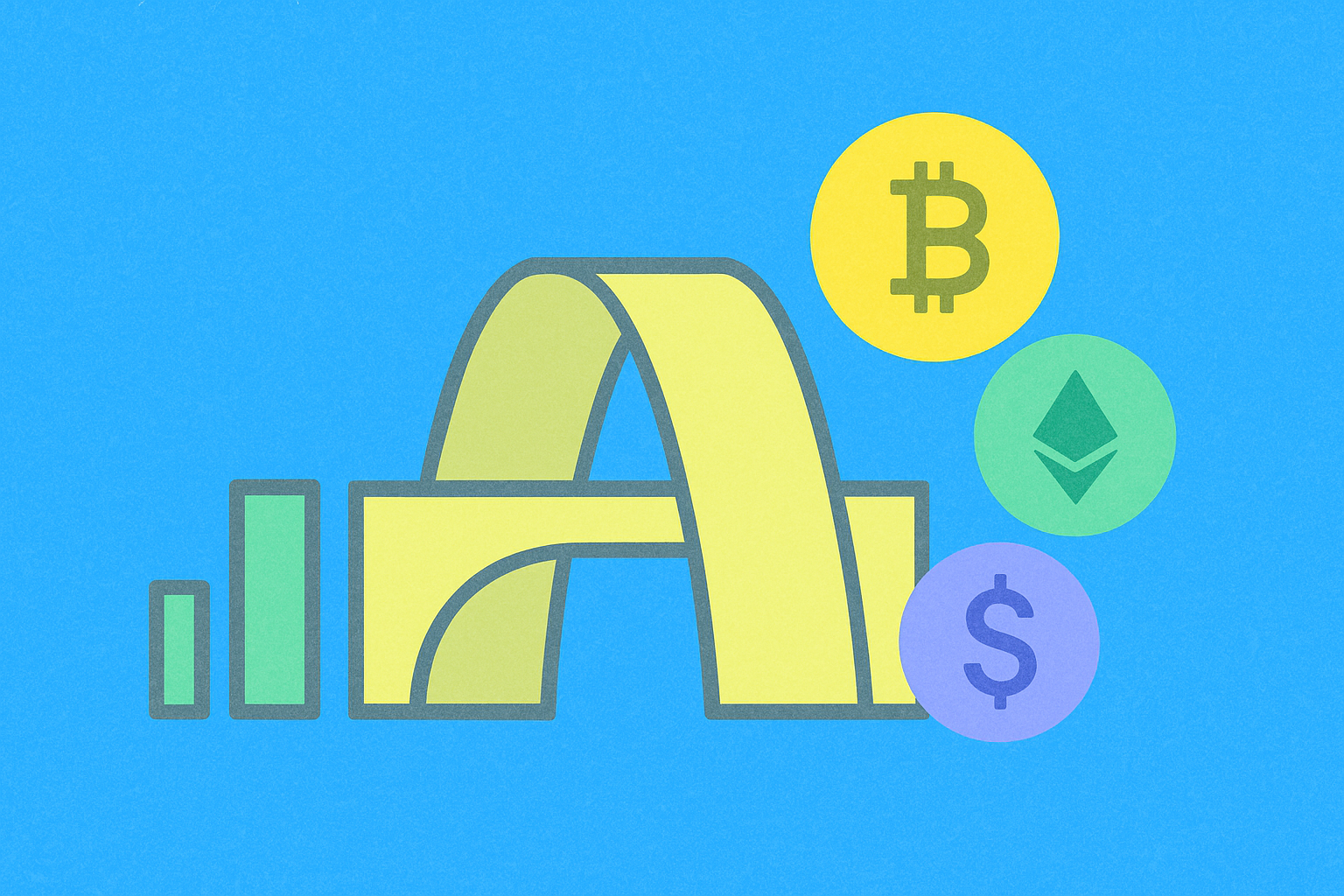
Kriptoyla Ödeme Almak İçin Satıcılar İçin En İyi Çözümler

Rollup Kripto Paralarını Anlamak: Kapsamlı Bir Rehber
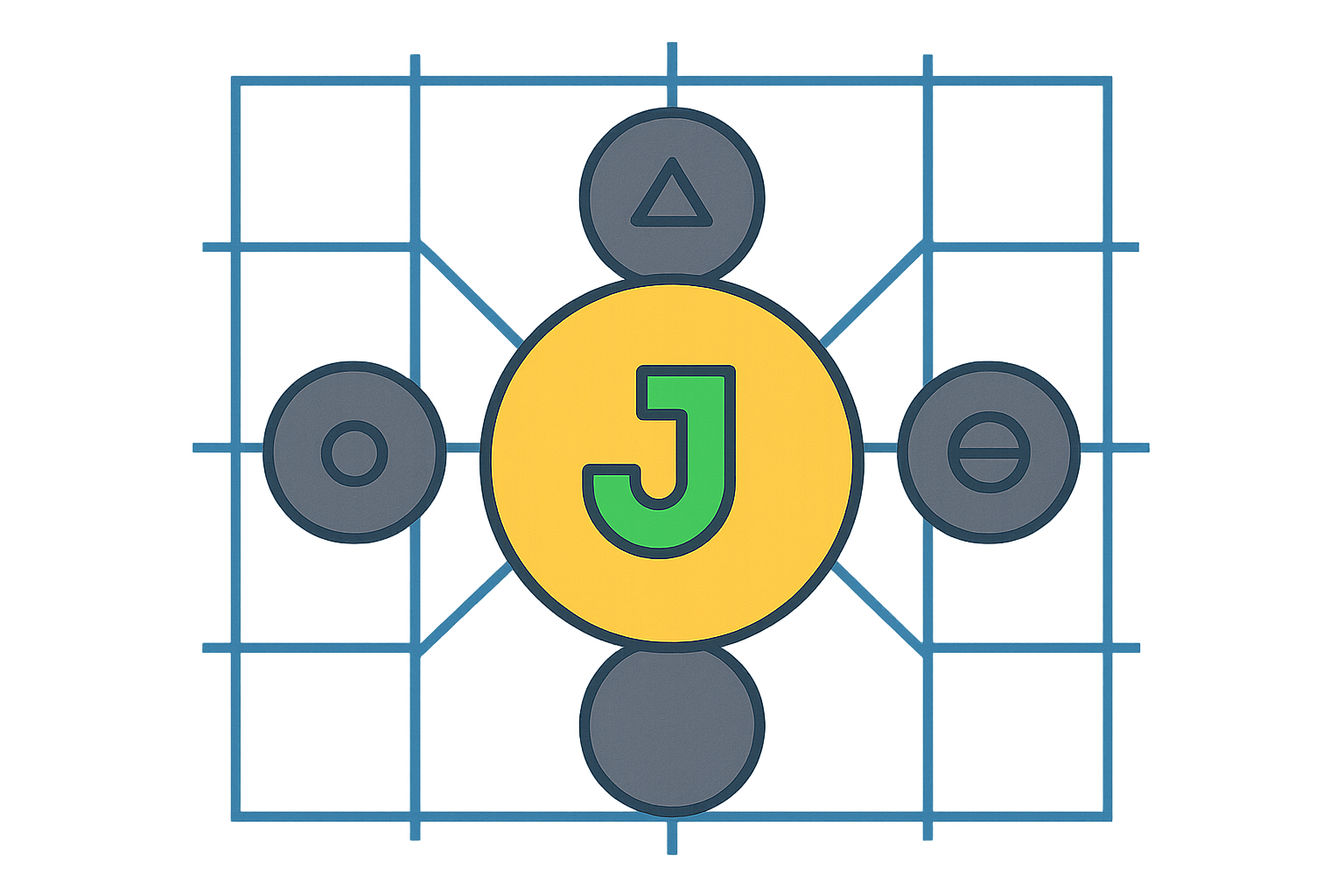
JOE nedir: JavaScript Object Notation Environment’ı Anlamak ve Modern Web Geliştirmedeki Kullanım Alanlarına Dair Kapsamlı Bir Rehber
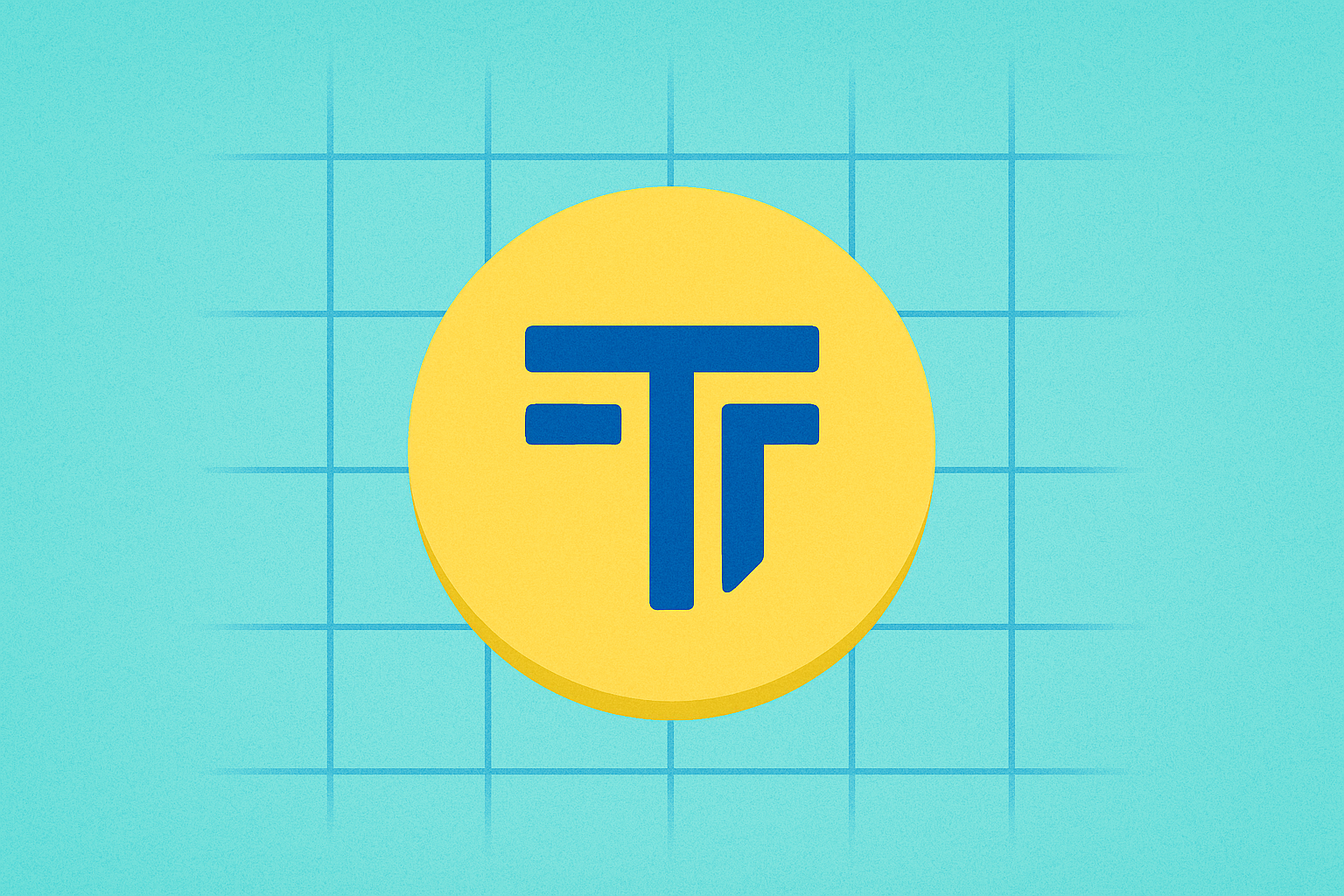
TRIBE Nedir: Merkeziyetsiz Topluluk Yönetişimi ve Tokenleştirilmiş Ekosistemleri Anlama Kapsamlı Rehberi
